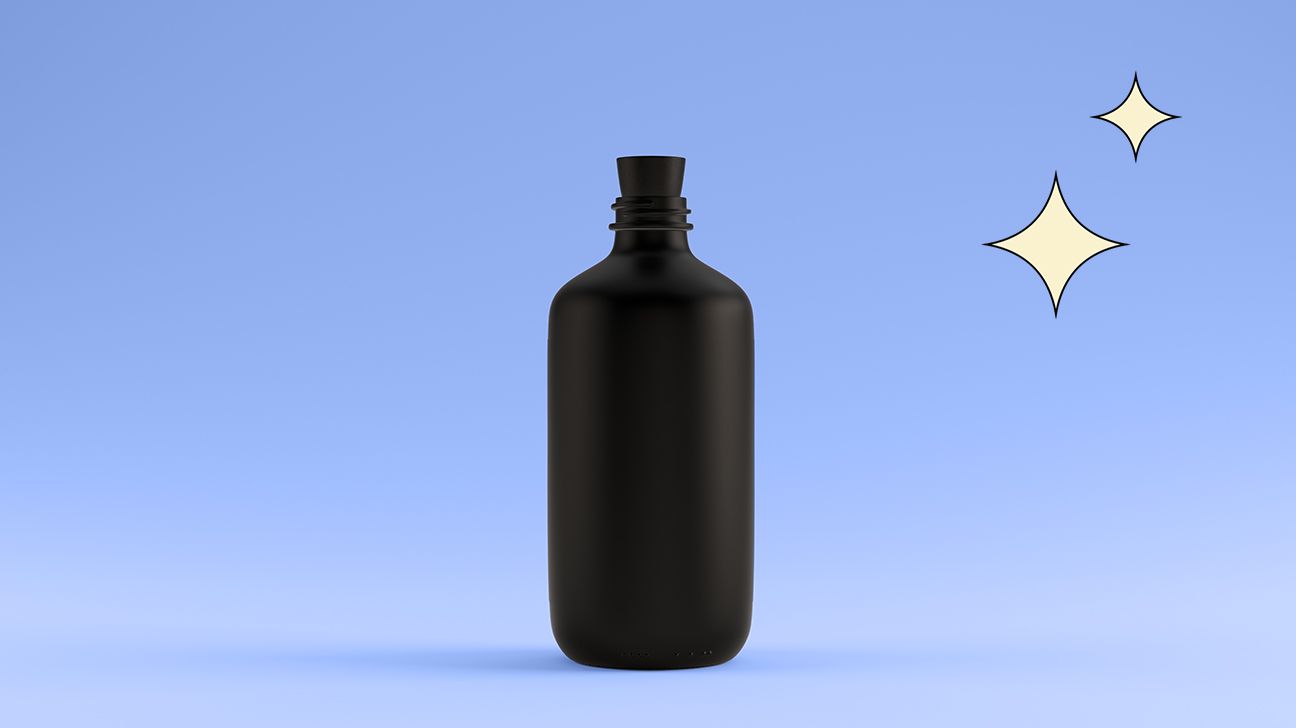Famously known as a drink consumed to fend off food comas and digestive issues, fernet is often offered these days after heavy meals to prevent fatigue, soothe indigestion, and cure hangovers.
What’s in fernet?
Although fernet typically consists of 40 percent alcohol, the chances you imbibe a whole glass of this stuff are slim. Each brand makes their own concoction a bit different, but the basic formula involves a balanced blend of 20+ herbs and spices ranging from cardamom, myrrh, chamomile, peppermint, saffron, menthol, and cloves.
There’s not much on this earth quite like fernet, and for that reason, it’s earned a legendary reputation across the globe.

To say fernet is an acquired taste is quite the understatement. Bartenders and Italian restaurateurs alike will tell you that their patrons either can’t get enough of this minty herbal amaro, or absolutely detest it.
The creation of this aperitif dates back to Milan in 1845, where Bernardino Branca founded his distillery Fratelli Branca and created his own fernet, Fernet-Branca. The beverage was initially conceived as a cure for cholera, as Italians believed the herbs in the drink would stimulate hunger in sick people. Even local hospitals would administer fernet to their patients, hopeful they would want to eat and drink.
The specific ingredient list of Fernet-Branca remains a family secret, however current Fratelli Branca CEO Edoardo Branca shares their current recipe contains ingredients with global influences such as aloe from South Africa, rhubarb from China, and chamomile from Italy. Today this liquid panacea is still served in its native country (and in many Italian restaurants stateside) next to coffee and ice cream on dessert menus as a digestif.
An Argentinian spin for the win
Around the 20th century, mass migration from Italy to South America brought fernet to Argentina. Centuries later, the import remains a cultural mainstay for locals, and they decided to put their own spin on it. To cancel out the acrid taste, Argentinians began mixing fernet with Coca-Cola — and thus the Fernando, their national cocktail, was born.
The drink became so popular by the ‘90s, rock band Vilma Palma e Vampiros came out with a theme song: Fernet con Coca. Despite its Milanese origins, Argentina is currently the largest consumer of fernet. The dark bitter is so popular in fact, that Argentina houses the only other Fratelli Branca distillery outside of Milan!
Stateside, San Francisco made an exception for fernet to be consumed due to its supposed medicinal properties during Prohibition. When the drink was first sold, fernet was advertised to do the following:
- aid digestion
- lessen fevers
- alleviate pain
The earliest versions contained text that read: “[Fernet] benefits the stomach, promotes digestion, strengthens the body, overcomes cholera, reduces fever, and heals those suffering from nervous weakness, lack of appetite, sickness or tapeworms.”
While the effectiveness of these benefits are up for debate, a more health-conscious audience will appreciate its low sugar content and an abundance of herbs typically only seen at juice bars and wellness studios.
With a ginger ale chaser in hand, fans of fernet flock to the West Coast in droves to experience the best their mixologists have to offer. Often referred to as “the Bartender’s Handshake,” a request for a shot of fernet signals insider status among those in the food and drink industry. Fernet remains highly popular in San Francisco, covering 25 percent of fernet consumed in the United States as of 2008.
Today, fernet’s alleged healing power still holds true for many devoted drinkers.
If you’re trying the feisty bitter for the first time, try an Industry Sour or Hanky Panky: these cocktails incorporate bright acidity or an added sweetness to take the edge off. And if you’re brave enough, do the shot. Your bartender will have a newfound respect for you, and you’ll (probably) feel better in the morning than usual. Salute!
